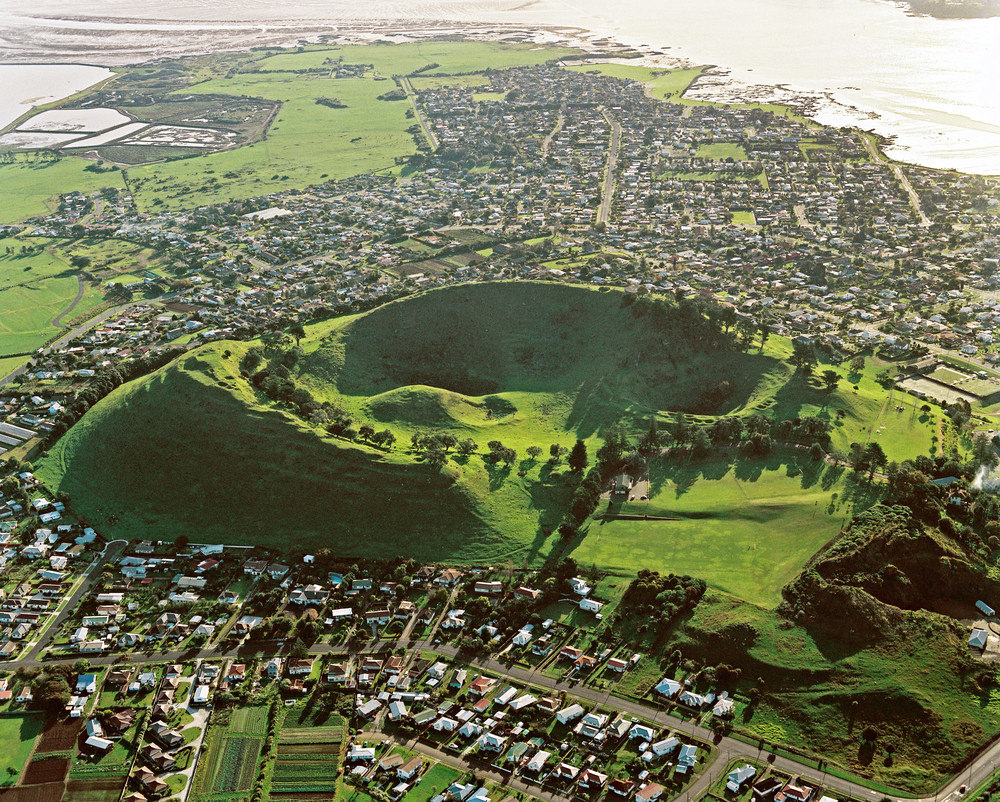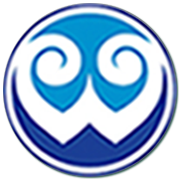Our Local Story

The Maangere Bridge area, and indeed much of the Manukau Harbour, is rich in Maaori history and traditional stories. One of the most prominent local stories connects the area directly to the ancestor Hape and the taniwha, Kaiwhare.
This story speaks of Hape, a tohunga with clubbed feet. Due to his physical condition, he was left behind by his hapu when the great Tainui waka departed from Hawaiki for Aotearoa.
Deeply saddened, Hape prayed to Tangaroa for assistance. After three days and three nights of prayer and fasting, a huge taniwha in the form of a stingray appeared from the ocean. This was Kaiwhare, a powerful and benevolent guardian of the Manukau.
Hape climbed onto Kaiwhare’s back, and the great stingray carried him across Te Moana Nui a Kiwa (the vast ocean) to Aotearoa. Remarkably, they arrived at the Manukau Harbour before the Tainui waka.
Hape, using his great mana, guided Kaiwhare to a specific point where he knew the canoes would eventually land. Upon landing, Hape stood on the rocks and made a mark with his feet in the rock.
He then bid farewell to Kaiwhare, who dived into the depths of the Manukau Harbour, becoming its kaitiaki. The taniwha Kaiwhare is said to still reside there, watching over the harbour. There have even been reported sightings of Kaiwhare as recently as the early 20th century.
From a vantage point on Te Puke Tapapa Tanga oo Hape (Hape’s Resting Place), now often associated with Ihumaatao, Hape patiently waited. To his amazement, he eventually saw the waka of his hapu sailing into the harbour. They sailed directly to the spot where he had landed, spotting the distinct mark of his feet on the rocks. The tohunga on the lead waka, recognising Hape and his mana, called out to him, acknowledging his wisdom and territory and asking for forgiveness. This call is remembered in the name Karangahape (the call of Hape), giving rise to the well-known Karangahape Road in Auckland.
A small group remained with Hape in Māngere, and their descendants are the Waiohua people, some of whom continue to live at Ihumaatao.
This story of Hape and Kaiwhare is not just a legend; it’s a profound cultural narrative that explains the ancestral connections to the land and the Manukau Harbour, the significance of place names, and the enduring mana of the early inhabitants of the Maangere area. It’s a foundational story for the local iwi and a source of identity and pride for the community.
As well as understanding our local stories our tamariki also explore our local environment as an integral part of our learning programmes.
Below is a video made by our tamariki telling the story of Hape.
School Waiata
Waterlea School was lovingly gifted a waiata, Akitai (composed by Kaumatua Kimoro Taiepa), to tell the story of our local area. Click here to hear audio of the song.
Akitai tā ngata, kei Tā maki te rua o Te Waiō hua e!
Ko Kiwi Tā maki te tangata
He uri nō Huakaiwaka
Ko Tainui te waka
Ko Te Mā nuka o Hoturoa te moana e
Ko Te Pane o Mataoho te maunga
Ka titiro ki te Motu o Hiaroa e
Ko Kaiwhare me Taramainuku ngā taniwha tū puna
Nō roto o Tā maki e
Akitai tā ngata, kei Tā maki te rua o Te Waiō hua e!
O Te Waiohua e!
Tā maki Makaurau! Tā maki Herehere i ngā waka o te motu Hi! Hā ! Hī ! Aue hī !
“Akitai the people, the home of Te Waiōhua is in Tāmaki
(Ākitai Te Waiōhua is the tribe)
Kiwi Tāmaki is the chief
A descendant (grandson) of Huakaiwaka
Tainui is the canoe
The “anxiety of Hoturoa” is the harbour
“The head of Mataoho” is the mountain
Looking down upon the island of Hiaroa (Puketutu)
(Hiaroa was the sister of Rakataura, priest of Tainui.)
Kaiwhare and Taramainuku are the ancestral guardians
From within Tāmaki
Akitai the people, the home of Te Waiōhua is in Tāmaki
“Tāmaki of a hundred lovers. Tāmaki where the canoes of the land are bound”
Composed by Kimoro Taiepa (Tūhoe)
A brief history of Waterlea School
Waterlea School is named after Waterlea Farm.
The original Waterlea Farm homestead still stands in Ambury Road.
The school opened as a relief school for Mangere Bridge on 5th September 1955 with four of the original six classrooms ready to be occupied. The opening roll was 78 pupils taught by three teachers, two of whom were relieving, and two student teachers from the Auckland Teachers’ College. The original principal was Mr Frank Thomas.

